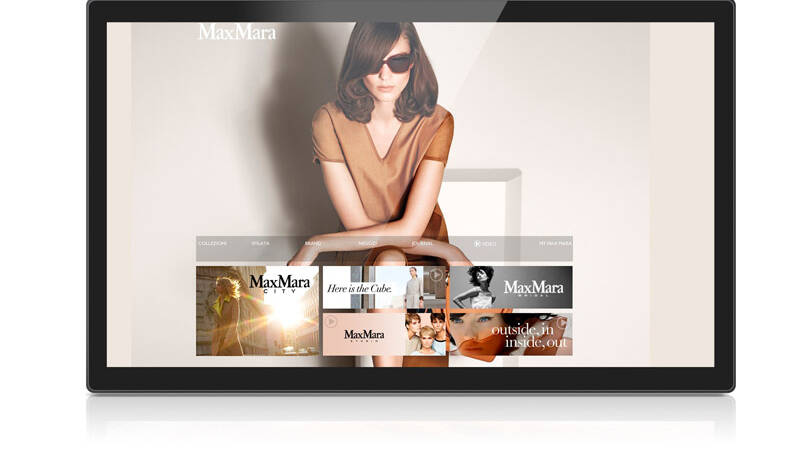
A PCAP touch screen panel uses projected capacitive technology to detect touch inputs with high accuracy and responsiveness. It works by sensing the electrical properties of the human finger through a glass panel, allowing multiple touch points and precise gesture recognition.
This technology is widely used in devices like smartphones, tablets, and interactive kiosks because it offers durability and supports complex touch commands. Users benefit from smooth interaction and quick response times, making it a preferred choice for many modern touch interfaces.
Its design also allows for a clear display with minimal visual interference, enhancing both usability and aesthetics. Understanding how a PCAP touch screen panel functions can help users and developers choose the right interface for their needs.
Fundamentals of PCAP Touch Screen Panels
PCAP touch screen panels rely on specific electrical properties and physical layers to detect touch accurately. Their structure and operational principle distinguish them from other touch technologies. The technology also offers particular benefits that make it preferable in many applications.
How PCAP Technology Works
PCAP, or projected capacitive technology, detects touch by measuring changes in the electrostatic field on the screen surface. A grid of transparent conductive layers embedded under the glass generates an electrostatic field. When a finger or conductive object approaches, it distorts the field.
This distortion changes the capacitance at specific points in the grid. The touch controller processes these changes to pinpoint the exact location of touch. PCAP technology can register multi-touch inputs simultaneously because it tracks multiple capacitance shifts across the grid.
Main Components of a PCAP Touch Screen Panel
A PCAP panel mainly consists of a sensor layer, a cover glass, and a controller. The sensor layer contains a matrix of transparent conductive electrodes arranged in rows and columns. This forms the capacitive grid necessary for touch detection.
The cover glass protects the sensitive layers beneath while providing a smooth surface for finger contact. The controller interprets signals from the sensor to calculate touch coordinates. Sometimes, additional layers like anti-glare or anti-fingerprint coatings improve usability and durability.
Advantages Over Other Touch Technologies
PCAP panels offer superior touch sensitivity and accuracy compared to resistive and surface capacitive types. They can detect multiple points of contact simultaneously, supporting gestures like pinch-to-zoom. The glass surface is durable and resists scratches better than flexible resistive layers.
The technology also supports operation through gloves or a thin protective screen in some designs. PCAP panels generally have better optical clarity since the sensing layers are embedded rather than placed atop the display. This results in improved brightness and color reproduction.
Key Applications and Selection Criteria
PCAP touch screen panels serve various environments and functions. They require careful consideration of operational demands, technical specifications, and installation requirements to ensure optimal performance.
Industrial and Commercial Use Cases
PCAP panels are widely used in manufacturing facilities for machine interfaces due to their durability and responsiveness. They support multi-touch gestures, improving control precision in complex industrial tasks.
Retail environments rely on PCAP screens for point-of-sale (POS) systems because they provide fast, accurate input and withstand frequent use. Public kiosks and information terminals benefit from their vandal-resistant glass and high visibility under different lighting conditions.
In healthcare, PCAP panels enable hygienic, touch-based control of medical equipment, as they can be easily cleaned without damage. They also appear in automotive dashboards, where responsiveness and robustness are critical.
Factors to Consider When Choosing a PCAP Panel
Key selection criteria include screen size, resolution, and touch sensitivity. Larger screens suit detailed visual interfaces, while higher resolutions improve image clarity.
Operating environment influences material choice. Panels with reinforced glass resist scratches and impacts. Touchscreens must work reliably in varying temperatures or when users wear gloves.
Other factors are response time, power consumption, and compatibility with existing software and hardware. Controllers supporting multiple OS platforms and gestures are preferred for flexibility.
Integration and Installation Methods
PCAP panels support various installation types: bezel-mounted, flush-mounted, and bonded. Bezel mounting offers ease of replacement but may collect dust. Flush mounting blends seamlessly with device surfaces for aesthetics.
Optical bonding, attaching the panel directly to the display, enhances durability and visibility by reducing glare and parallax. It also improves touch accuracy, especially in outdoor or bright environments.
Integration requires attention to electrical connections, ensuring signal integrity. Compatibility with device firmware aids smooth communication between the touchscreen and processor.
Branding Solutions Company Driving Business Growth with Innovative Strategies
A branding solutions company helps businesses establish a clear and memorable brand identi…







